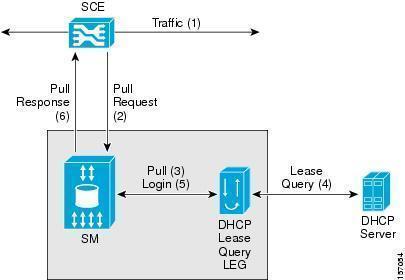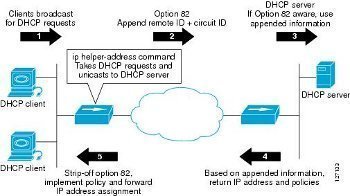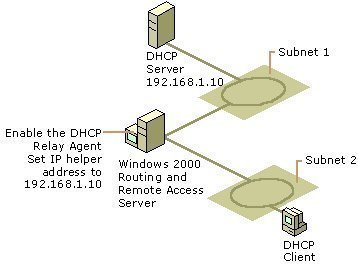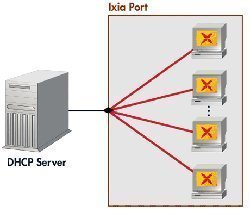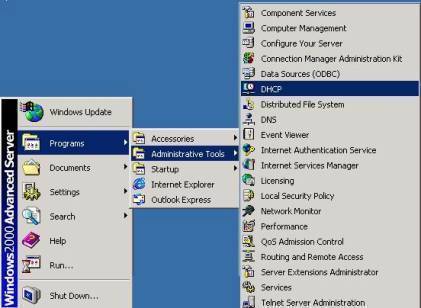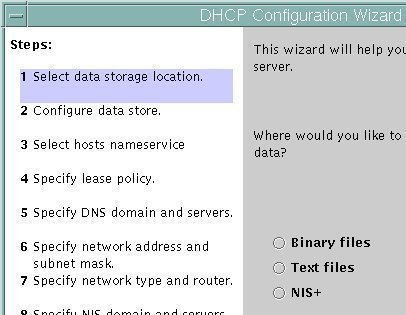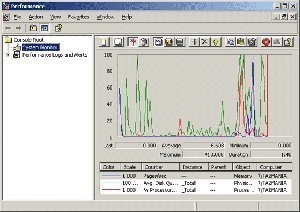DHCP Leasing
An Overview of DHCP In TCP/IP based networks, a unique IP address must be assigned to each computer. An IP address is a unique numeric identifier that identifies computers on the network. The Dynamic Host Configuration Protocol (DHCP) is a service that can be implemented to automatically assign unique IP addresses to DHCP clients. DHCP …

